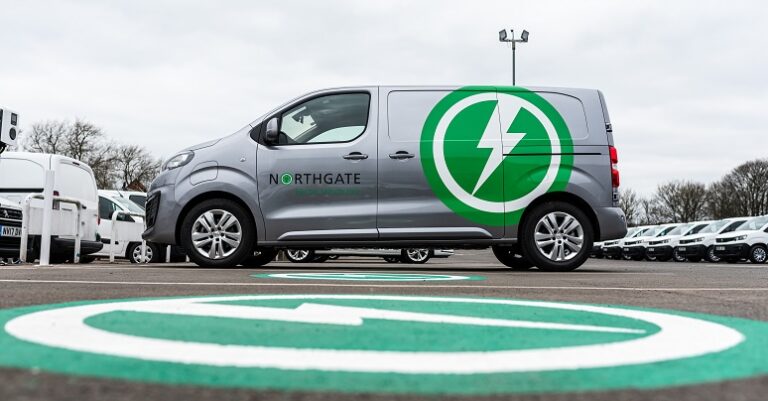A new report from Northgate has revealed that 62.5% of fleets at its Reading Drive to Zero EV roadshow in 2024 said carbon reduction was their main motivation for reducing emissions, a notable increase from 50% in 2023.
The data also showed that, while cost reduction remains a significant driver for electrification, it has stayed relatively consistent, with 22% of fleets citing it as a motivation, nearly unchanged from 20% in 2023. Additionally, 22% of fleets indicated that meeting customer requirements was a key factor in their electrification efforts, as ESG plays an ever more important role in tendering.
Interestingly, fewer fleets are feeling the pressure to electrify in 2024 compared with last year, with only 9% indicating they feel pressured to move away from diesel – down from 20% previously. Moreover, most fleets (63%) stated they are just starting out on their electrification journeys, slightly higher than 60% before; just over one in five (21.2%) of fleets reported that they are already well on their way to achieving zero emissions.
Cost concerns
Despite this growing interest in carbon reduction, fleets continue to express concerns about the cost and implementation of the transition. Over one-third (36.3%) cited cost as a major concern, while a similar number (33.3%) identified implementation as their biggest challenge. Notably, concerns around charging infrastructure decreased by 4% from 2023 to 2024, and worries about implementation have dropped by 10%.
Additionally, 15.1% of fleets expressed concerns about both charging and vehicle choice, particularly when considering the direct replacement of diesel LCVs with equivalent EVs.
“Fleets remain keen on reducing their carbon emissions, and Northgate’s ongoing national EV Roadshows are helping fleets to make a start on their transition to electric LCVs,” said Melanie Creedy, Northgate’s EV business development manager. “While cost and implementation remain the most common challenges faced by fleets, it’s great to see that these are diminishing year-on-year, as e-LCVs become more commonplace.”


